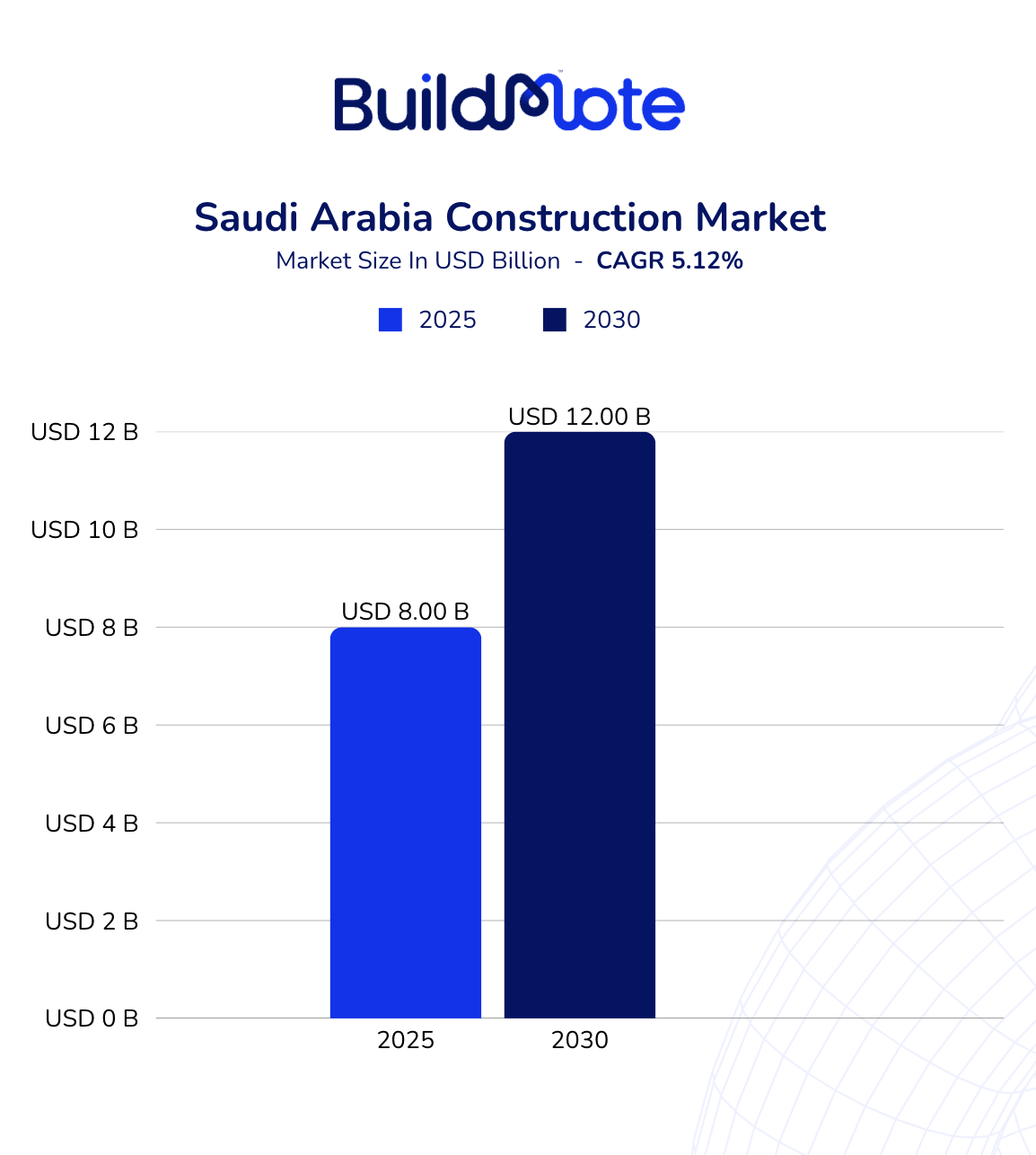Discover what construction procurement is and how it shapes project success through smarter planning, sourcing, and supplier management in the construction industry. Here's everything you need to know to make your procurement process more efficient in 2025!

August 6, 2025
What is construction procurement and why does it feel like such a hassle?
If you’ve ever chased quotes, waited on approvals, or juggled five suppliers just to get one order through, you already know how frustrating procurement can be. Deadlines slip. Offers are unclear. Follow-ups drag on. The truth is, many teams are still using outdated methods in a market that expects speed and transparency.
Here’s what we’ll cover in this article:
Construction procurement is how you get everything you need to complete a project; materials, equipment, services, and subcontractors. It’s the process that takes your project plan and turns it into action, step by step. That means sending RFQs, getting quotes, picking the right suppliers, placing orders, and making sure deliveries arrive on time and meet specs.
In short: it’s how the job gets built.
When procurement runs smoothly, it helps you stay on budget, avoid delays, and keep the build moving. But when things fall through the cracks, missed approvals, late shipments, vague pricing, the whole timeline suffers. And that’s more common than most teams want to admit.
This challenge is even more real in Saudi Arabia, where the construction market is expanding rapidly. The country’s Vision 2030 initiative is fueling large-scale projects and demanding faster execution from both contractors and suppliers.
According to recent research, the Saudi construction market is expected to grow from USD 99.99 billion in 2025 to USD 128.35 billion by 2030, with a compound annual growth rate (CAGR) of 5.12%.

This level of growth puts pressure on procurement systems to work better and faster.
The next section breaks down how the process works, and where it tends to go wrong.
There’s a process most teams follow, even if it's not always perfect. It starts early and touches every part of the project. Here’s a simple look at the typical flow:
Most procurement systems weren’t built for how fast construction moves today. And the problems go beyond just outdated tools. They’re built into habits, manual processes, and the way things have always been done.
Saudi Arabia’s construction sector is under more pressure than ever, with national plans like Vision 2030 pushing for large-scale infrastructure development, digital transformation, and faster delivery across the board. That shift has exposed just how much traditional procurement slows things down.
Here’s where things usually go wrong:
Teams using BuildMate have already cut sourcing time in half and reduced errors by keeping everything in one place. That’s less chasing, less guesswork, and more control over the project. And the industry’s only picking up speed. Check out the top construction procurement trends shaping 2025, from AI to automation, to see what’s coming next.

Procurement rarely fails in one big moment, Instead, it breaks down in small, repeated ways. One missed follow-up. One outdated quote. One unvetted supplier. Before you know it, you’re behind schedule and over budget.
Here are some mistakes teams make again and again:
BuildMate helps fix all of that by keeping RFQs, quotes, reviews, and order history in one place, so your team spends less time chasing details and more time getting things done.
Procurement doesn’t follow one fixed path. The method you choose depends on how much control you want, how quickly you need to build, and how comfortable you are with risk.
Here are the three most common options:
Each method works, depending on your setup. But no matter which one you choose, you need a procurement process that runs smoothly. That’s the part too many teams still struggle with.
You can’t remove risk from procurement completely, but you can make it a lot more manageable. That’s exactly what smart teams across Saudi Arabia are doing by switching from scattered tools to one connected system that actually supports the way they work.
Here’s what that looks like in practice:
Want to stand out as a supplier and win more RFQs this year? Here are 5 proven ways to get more orders in 2025.
Now you’ve got a clearer picture of what construction procurement involves and why so many teams keep running into the same problems. You don’t need to fix everything overnight. Start with small shifts that actually make your day-to-day easier.
Key takeaways:
If your current setup feels like it’s held together by email threads and last-minute calls, BuildMate can help. You can compare quotes, reach verified suppliers, and manage everything from one place, built for how construction really works in Saudi Arabia.
Want to see where procurement is really heading? Explore how technology is changing the future of construction procurement.